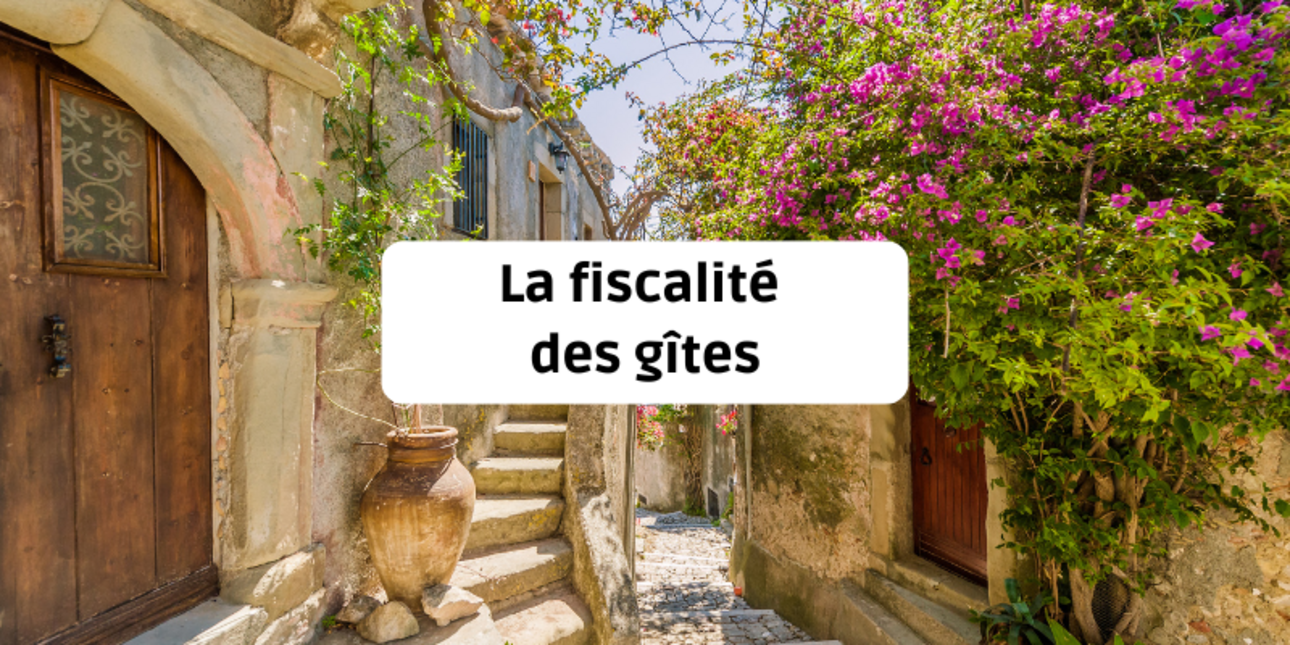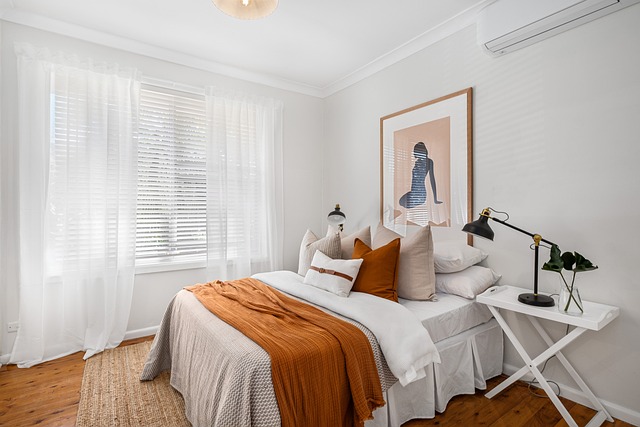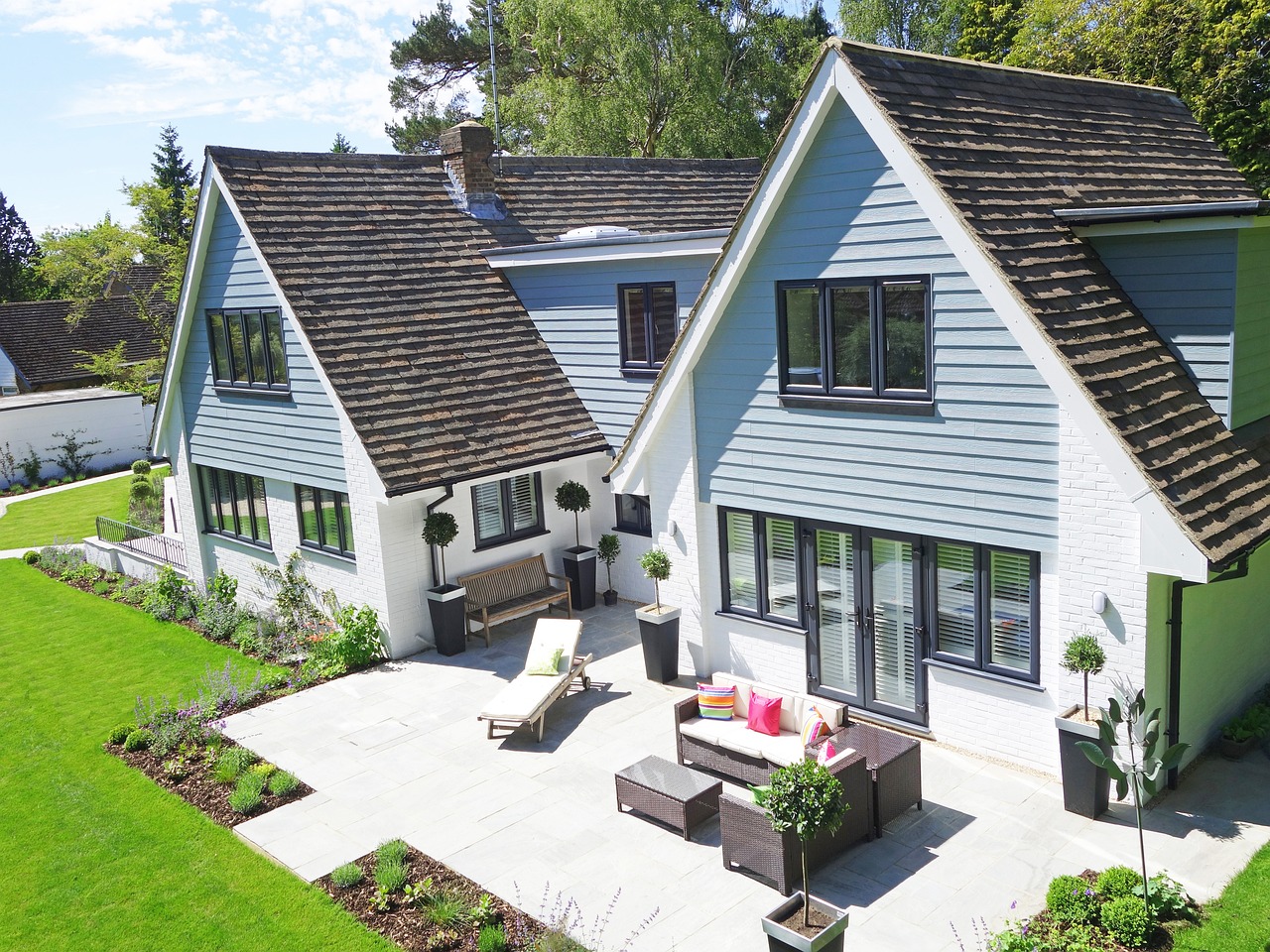
The taxation of gîtes is a complex but essential subject for anyone considering renting out this type of tourist accommodation. It is important to stress that the tax management of a gîte can have a significant impact on the profitability of the business.
This article will guide you through the different tax regimes applicable to gîtes, the tax obligations and the potential benefits, taking into account the new provisions and legislation in force.
In most cases, the income generated by gîtes is taxed as industrial and commercial profits (BIC). This tax system applies to all furnished rental activities, including gîtes and chambres d'hôtes. Renters can opt for different sub-regimes depending on their annual income.
If the gîtes are managed by a company, it is also possible to opt for the corporation tax system.
It is important to note that rental income from gîtes must be declared correctly.
The micro-enterprise scheme, also known as micro-BIC, is often chosen by small gîte operators. This scheme offers administrative simplification and a flat-rate deduction on annual revenue.

Nous vous présentons les modalités d’imposition prévue à compter de l’année 2024 suite aux dernières modifications.
Taxation varies according to :
The concept of a tense zone corresponds to a classification of communes where the supply of rental accommodation is largely insufficient in relation to demand. You can use the official simulator to find out the situation of your property.
For unclassified furnished tourist accommodation:
For rental income of up to €15,000, you benefit from a flat-rate allowance of 30% on your income. Your income, which will be subject to tax and social security contributions, is therefore 70% of your income.
If your income exceeds €15,000, you will be subject to the real profit system (see below).
For classified furnished tourist accommodation located in high demand areas:
Up to €188,700 of rental income, you benefit from a flat-rate allowance of 71%. Your taxable income is therefore only 29% of your income.
If your income exceeds €188,700, you will be subject to the actual income tax regime (see below).
For classified furnished tourist accommodation located in a non-tensioned zone:
For rental income of up to €15,000, you benefit from a flat-rate allowance of 92% on your income. Your income, which will be subject to tax and social security contributions, is therefore only 8% of your income.
Between €15,000 and €188,700 of rental income, you benefit from a flat-rate allowance of 71%. Your taxable income is therefore only 29% of your income.
If your income exceeds €188,700, you will be subject to the actual profit scheme (see below).
Under this scheme, all costs and expenses incurred in running the business are deducted from annual income, including depreciation of the building (excluding land) and furniture.
It is compulsory depending on the income thresholds:
You can, of course, opt for this system if you fall below these thresholds.
Tax income will be very similar for a property subject to real profit or corporation tax.
The CET replaces business tax and is payable by all individuals and legal entities carrying on a self-employed business. It has two components:
CET is a local tax, the amount of which is set by the municipality in which the gîte is located.
Property tax is a local tax payable by the owner, calculated on the basis of the cadastral valuation of the land and premises.
Council tax is payable by anyone who has the use of a second home, although principal residences are often exempt under certain conditions. This tax can affect the profitability of your rental business.
Note that the tax authorities may consider your gîte to be a second home even if you rent it out, and will charge you both Cotisation Foncière des Entreprises and Taxe d'Habitation.
Tourist tax is optional and depends on the number of visitors to the accommodation. It is intended to finance efforts to promote tourism or protect natural areas. The amount and method of calculation of this tax are set by the municipal council or local decision-making body. This tax is generally included in the nightly rate paid by tourists.
If your income exceeds €23,000, you will be liable for social security contributions, whether you are subject to the micro BIC scheme or the real profit scheme.
You will need to declare your rental income to Urssaf every quarter.
A simulator enables you to calculate the estimated amount of contributions up to €77,700 of revenue. This threshold allows you to benefit from contributions calculated on the amount of receipts with an allowance of 60% (87% for classified furnished tourist accommodation).
| Total revenue | Excluding Bas-Rhin, Haut-Rhin and Moselle | Bas-Rhin, Haut-Rhin and Moselle |
|
23 000 € |
4 362 € |
4 482 € |
|
50 000 € |
9 484 € |
9 744 € |
|
77 700 € |
14 738 € |
15 142 € |
Based on a simulation carried out in September 2024
Above this revenue threshold, you pay social security contributions at the normal rate of contributions on income (and not on revenue) like any shopkeeper or craftsman.

LMNP status is available to individuals who rent out one or more gîtes without making it their main activity. Under this status, income is taxed in the BIC category (micro BIC or bénfice réel) with an allowance of 350%, or 71% or even 92% if the gîte is classified.
To qualify for the status of ‘Loueur en Meublé Professionnel’ (LMP), you need to meet certain conditions:
LMP status allows greater deduction of expenses and better tax optimisation, in particular by exempting property assets from the basis for calculating the IFI, as they are then considered as business assets. There is also a special system for taxing capital gains.
It also provides social security cover in return for the payment of social security contributions, which can be an advantage or a disadvantage.
Furnished tourist accommodation has come under fire in many parts of France, as it has led to a shortage of traditional rental accommodation.
In response to this situation, the micro BIC scheme has been substantially revised, with a reduction in the allowance for unclassified furnished accommodation (from 50% to 30%).
Other plans are under consideration, which could in particular call into question the calculation of depreciation on the value of furniture and buildings in the case of real profit accounting. However, it is too early to say.
Capital gains realised under the LMNP (non-professional furnished rental) scheme are subject to the rules governing private capital gains.
The capital gain is the difference between the cost price (purchase price plus acquisition costs) and the sale price.
To calculate tax:
For calculating social security contributions :
From taxation at the overall rate of 36.2% on capital gains, there is a gradual move towards total exemption after 30 years of ownership.
Capital gains realised under the LMP (loueur en meublé professionnel) scheme are subject to the rules governing professional capital gains.
The capital gain is the difference between the net book value (purchase price less depreciation) and the sale price.
It is possible to benefit from the capital gains exemption for small businesses (151 septiès) subject to the following conditions:
The €90,000 and €126,0000 thresholds have been raised to €250,000 and €350,000 respectively for capital gains on bed and breakfast and furnished tourist accommodation (which includes gîtes).
The management of a gîte, whether on an individual basis or as part of a company, does not allow you to be subject to VAT, unless you are providing para-hotel services. So you can't reclaim VAT on your initial investment or on your ongoing expenses. And you have no VAT to charge to your tenants.
The taxation of gîtes is a complex area that requires a good understanding of the different tax regimes and associated obligations. By choosing the tax system best suited to your situation, you can maximise the profitability of your gîte rental business. Don't hesitate to consult a professional to help you navigate these sometimes murky waters and anticipate future tax reforms. Tax formalities must be carried out with precision to avoid penalties. Make sure you understand the conditions.
1. How do I sell a gîte?
2. Where to buy a gîte
3. How much does a night in a gîte cost?
4. How profitable is a gîte?
5. Buying a gîte or creating a gîte: which should you choose?
6. What are the formalities for opening a gîte?
7. The different types of gîtes
8. Gîte labels
9. Gîte classification
10. Running a gîte as a business
11. How to communicate effectively for a gîte
12. How to choose the best platform for your gîte
13. What criteria should I take into account when buying a gîte?
14. Furnishing and decorating a gîte
15. What is the ideal number of bedrooms for a gîte?
16. The advantages of a large plot for your gîte
17. What are the essential features of a self-catering cottage?
18. Should a swimming pool be installed for a gîte?
19. What price should I pay for a gîte?